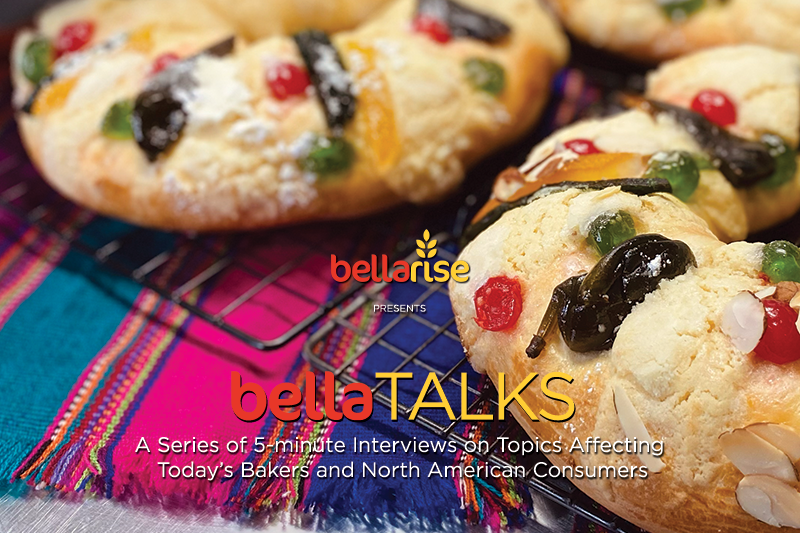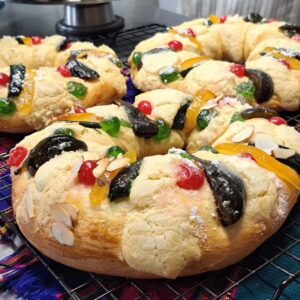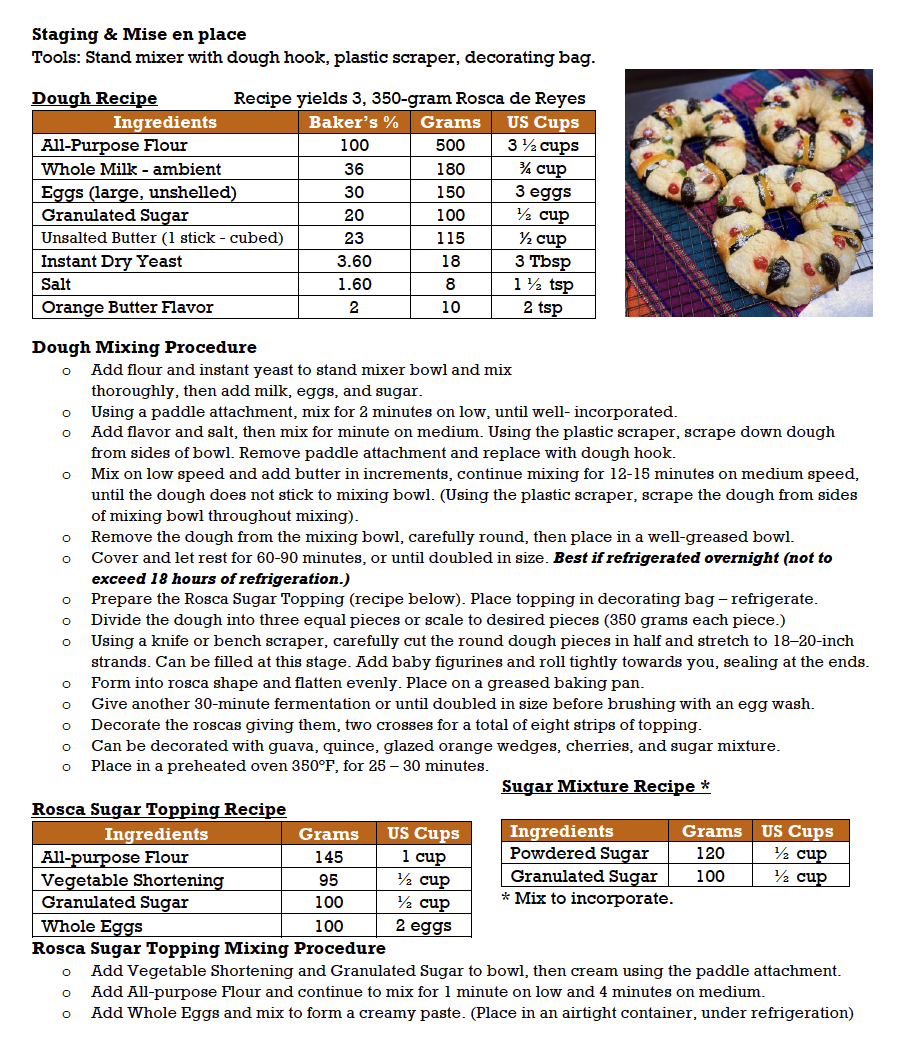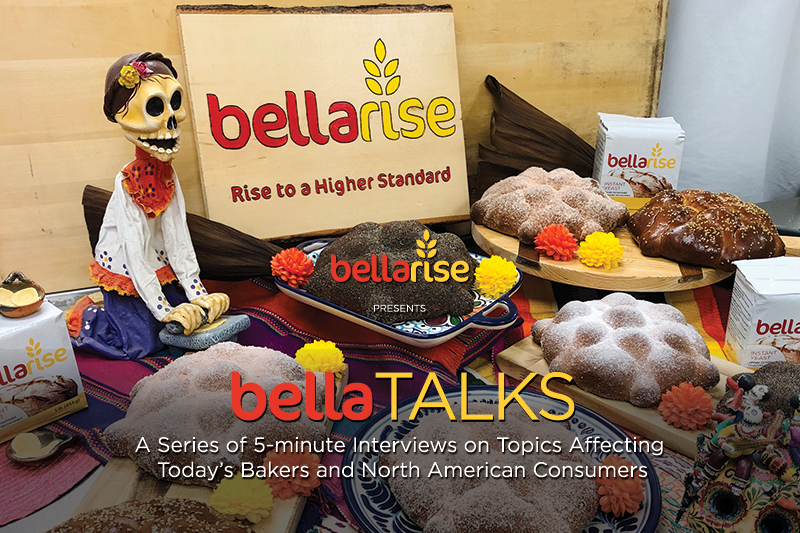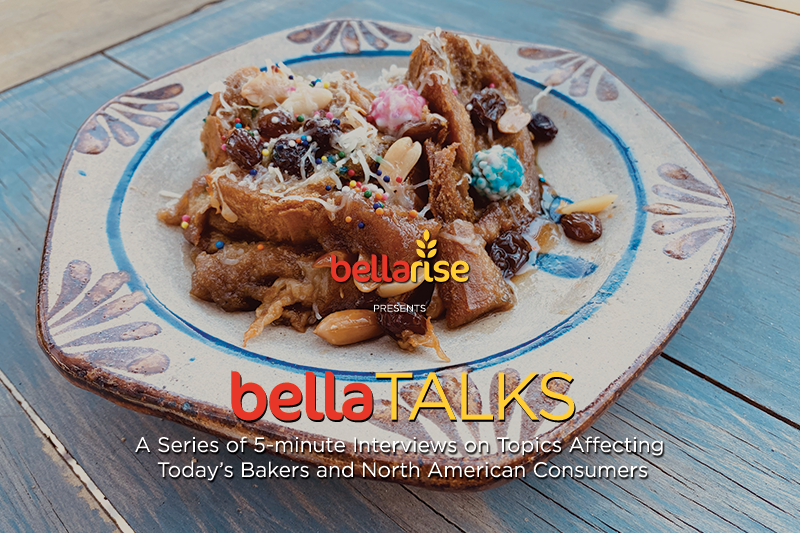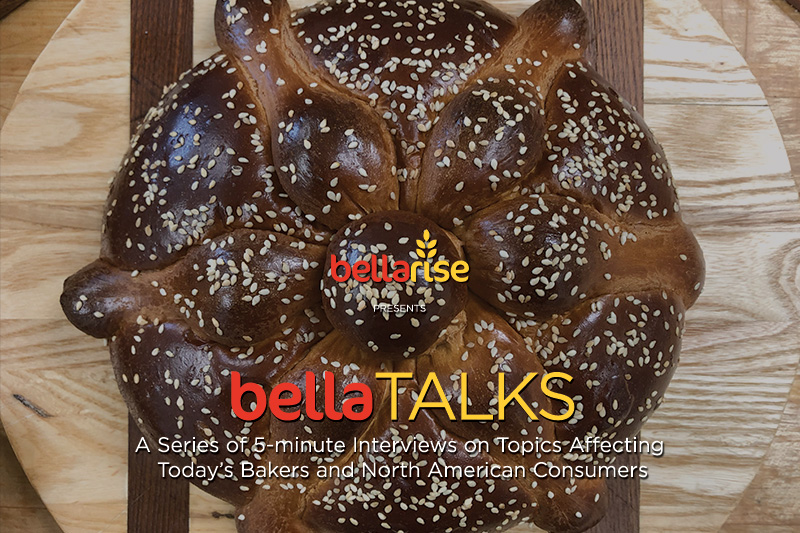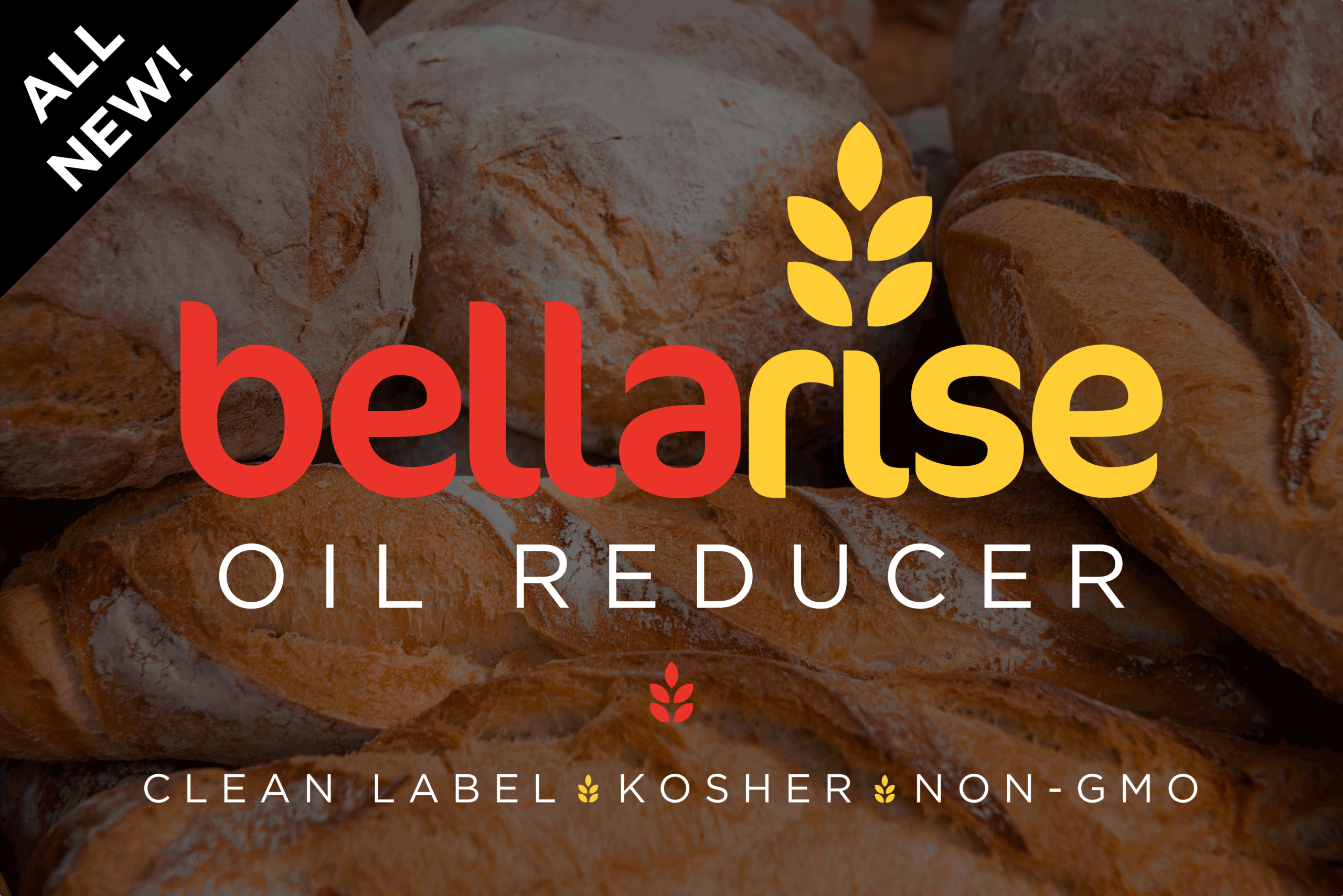PASADENA, CA – 16 December 2022 – For our introduction to pan dulce (or “sweet bread”), Pak Group director of product development and technical services, Alex Peña, gave us a taste (pun always intended) of each category of sweet bread baked in Latin America. Food is a keystone of the human experience, and one could argue that bread, in particular, plays an unequalled part in cultural events around the world.
As the first processed food crafted by humans, our ability to bite into a roll, loaf, or bread of any kind connects us with our past, and each other. Taking a more crumb-level look at this slice of Latin American culture, pan dulce does the same for Latinx and Hispanic communities in the Americas, and the Latin American diaspora anywhere in the world. As friends, families, bakers, and bread lovers take time to celebrate important holidays and welcome the New Year, people who connect with Latinx culture––at a gastronomical level, at least––may encounter a famous Mexican bread: rosca de reyes [or “king’s cake”]. It is a prime example of the mix between history, religious devotion, and cultural exchange that has defined global cuisine for millennia.
“Rosca de reyes falls under masas fermentadas [or “fermented doughs”], which consists of fermented doughs,” says Peña of this colorful and festive bread fit for kings. “It’s a combination of two lineages. You have the French influence, which predates the Mexican rosca de reyes, that produced the galette du roi [or “king cake.”] It’s a somewhat flat and circular puff pastry baked in the shape of the sun and filled with an almond paste, or marzipan, and it is egg-washed.” Not surprisingly, the other part of its lineage is Spanish. “Roscon de reyes is the other ‘ancestor,’ if you will, and it’s from Spain. It’s a fermented brioche-style dough baked in the shape of a wreath, unlike its circular French counterpart. That wreath shape is a lot closer to what you see in Mexico’s rosca de reyes; the difference is that the roscon is cut in half and filled with a pastry cream, and the toppings usually feature orange wedges cooked in a reduction sauce,” adds Peña. Those orange wedges are placed atop the roscon de reyes in a manner that inspired its descendant, Mexico’s rosca de reyes, or “wreath of the kings.” Cultural exchanges that began centuries ago and reach across hemispheres gave rise (another pun) to this Latin American holiday staple. Rosca de reyes’ cultural significance cannot be understated.
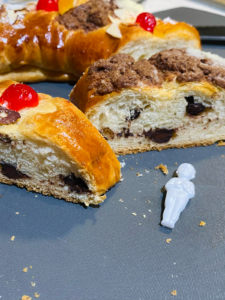
A small Baby Jesus figurine that’s been baked into the dough of a rosca de reyes tells everyone who’s baking tamales in a month!
Typically enjoyed in Latin America during Day of the Epiphany celebrations on 6 January, rosca de reyes plays an important part in Christian holidays. In Mexican tradition, though, it leaves a fun and lasting taste for all who cut into a slice. “In every rosca de reyes, a small figure of the Baby Jesus is hidden inside the dough as it’s baked. Whoever finds the Baby Jesus in their slice is honored by everyone present and becomes the person responsible for hosting a tamaleada, or ‘tamale party,’ on 2 February, otherwise known as Candlemas Day.” The earliest forms of these celebrations date back to the 1600s, according to Peña, when the Spanish first brought the wheat berry and bread-based traditions to the New World.
Just like any other Mexican bread, every region has its own way of preparing or flavoring its baked specialties. The Mexican-American community also has its own methods. “Traditional rosca de reyes is brioche-based and flavored with orange rind. In my family’s bakery here in Los Angeles, though, we used to use cinnamon, instead of giving it an orange flavor,” notes Peña while discussing how bakers craft their own unique rosca de reyes. “As you look at bakeries here in the States and in border towns, you’ll see bakeries filling them with guava, dulce de leche, and whatever other ingredients they have in their pantries. Just last week, I added some cocoa powder to the sugar paste that goes over the rosca, and I sprinkled some chocolate chips in the dough for a chocolate rosca de reyes.” Peña notes that his recent experiment is non-traditional, though the concept is the same since you’re rolling the dough and baking it the same way.
Of course, we couldn’t take this trip into the world of Hispanic pan dulce without giving you a recipe! Give it a try and feel free to email us with your best pics! See what you can do with your own rosca de reyes and feel free to experiment with different fillings and toppings. Even if yours could use some work in the end, when one of your guests cuts into the slice with the Baby Jesus figure, you’ll get some (hopefully) good tamales out of it a few weeks later!
We hope you enjoyed this taste of pan dulce, and specifically masas fermentadas from Mexico. Happy Holidays to you and yours!
Happy baking!
––Your friends at Bellarise®
P.S, Here’s the recipe you’ve been waiting for, straight from Chef Alex Peña’s kitchen!
About Bellarise®
Established in North America in 2012 by Pak Group, Bellarise® produces a fully integrated range of baking solutions that includes top-quality yeasts, dough conditioners, softeners, application improvers, bases, emulsifiers and pastry ingredients. Bellarise® leverages almost a century’s worth of Pak Group’s experience serving bakeries in over 130 countries, and specializes in clean label, non-GMO, and organic ingredients centered on quality, service, and value. Please visit Bellarise.com to see how Bellarise® can help your breads “Rise to a Higher Standard.”
###

